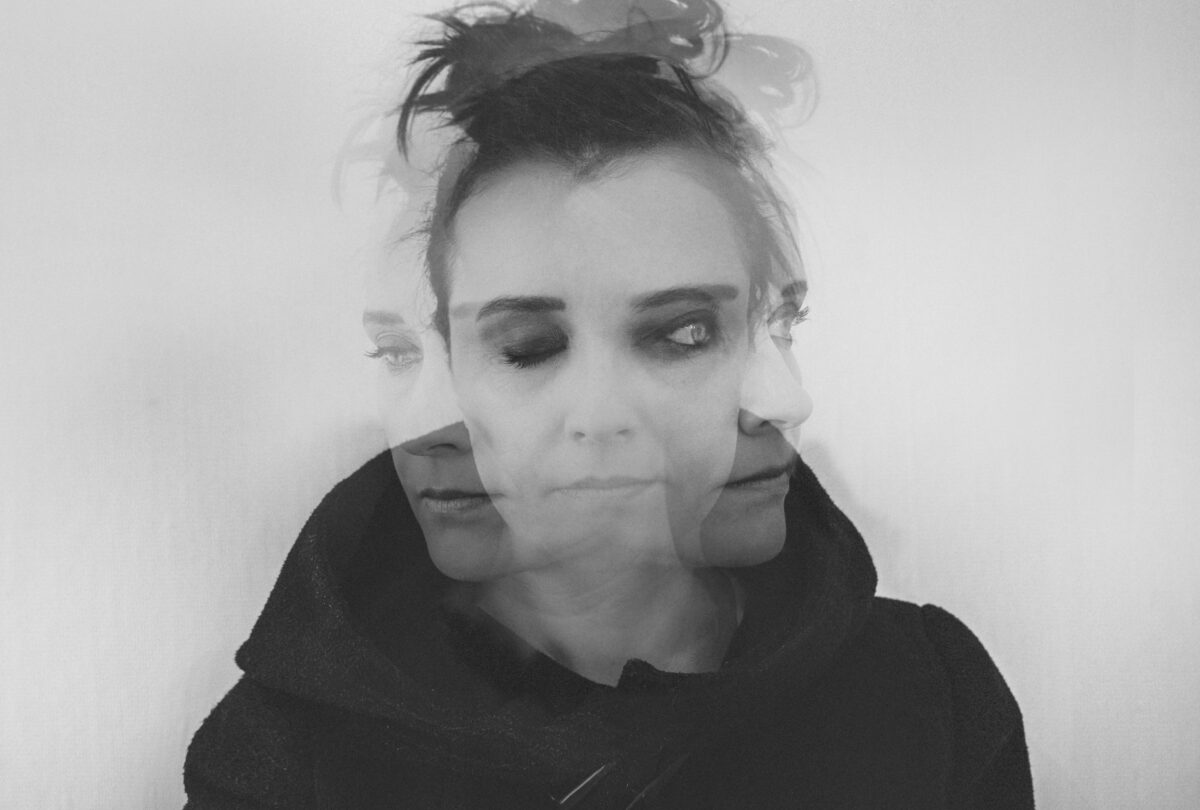Photo by Nicolette Attree
Authors craft characters that readers either hate or love. However, with the constant need to create engaging and exciting plots, authors have created a new set of characters that are neither truly good nor evil, those morally grey ones.
When it comes to novels, the primary characters are sectioned into protagonists or antagonists. Authors typically craft their characters as either good or bad, adding depth and background to each so they move or influence the course of the story. However, readers won’t have to debate who they want to win or lose. Between these characters, it’s natural and typical for readers to root for the protagonist, someone characterized as an all-good and just figure fighting for a cause they believe is right.
Protagonists and antagonists are often clearly distinct in how they’re presented and, often, how they look. Some authors may want to confuse their readers and not put their true protagonists at the forefront of the story, telling the whole thing from their antagonist’s perspective. But overall, these characters can be determined based on their beliefs and choices.
But What Happens When the White Mixes With Black?
It’s the quintessential and expected dynamic, the protagonist will always stick to what’s right and best for the situation, and the antagonist will always oppose. There may be instances where the bad guys disguise themselves and have morally sound choices. But their real motives will be uncovered sooner or later, revealing the selfish reasons behind their actions.
It’s good vs. evil. Light vs. dark.
And these white or black personas are the fundamental characters in every story. However, authors aren’t sticking to monochromatic traits these days. Gone are the days when heroes and villains stick to stereotypes. Instead, the authors have mixed whites and blacks, creating interesting characters. These figures challenge morality and make readers question their beliefs, keeping them on their toes in amusement and alarm.
Today, people aren’t all that crazed about helpless and innocent princesses locked in towers. Instead, they might root for princesses who aren’t afraid of manipulating their captors or even shedding some self-defense blood for freedom.
The Shades of Morally Grey Characters
Readers are introduced to troubled characters in Scott Harral’s sci-fi and mystery book, who are too ambitious for their good and their teammates’ benefits. They’re more than willing and adamant about achieving their goals, so they aren’t afraid to put others in uncomfortable situations. However, they aren’t hurting others. Instead, they’re only too fixated on their goals and unapologetically aspiring, and they may fail to notice others’ feelings.
Does this make them the bad guy? When they aren’t hurting others, not necessarily. But their behavior doesn’t also make them a generally good person.
A morally grey character lives by their moral code, often deviating from social standards. While they may sometimes do questionable things, these characters are the most human. After all, people are rarely ever all good or all evil. They’re flawed. Instead, they will aim to do good deeds, which may or may not end positively. They may also fall into bad habits and be blinded by their goals and ambitions, leading to questionable and often harmful choices.
Writing These Characters
These figures, while morally ambiguous, still have purpose and reason behind their existence. They may tip the moral scale either way between good and evil. But they will still have goals they want to achieve. When crafting these morally grey characters, authors don’t write them carelessly. They will also need a well-written profile with a realistic portrayal of people’s needs and goals.
Here’s a guide when writing these characters:
Must Have a Reason
Like any character, morally grey characters must have a motive. They need a reason for their actions. While they may practice questionable beliefs, morally grey characters must still have their “why?” Readers don’t have to agree or side with these characters. But they must, at least, understand why they’ve chosen that path.
This is what makes readers question their morals, as well. By making them empathize with these characters, they will wonder if they agree with these questionable beliefs.
Must Have a Weakness
Another way to make readers empathize with morally grey characters is by giving them a weakness. A perfect character won’t resonate with the readers. Instead, authors need to deepen and explore these characters’ development by giving them a weakness that either drives or hinders them toward their goal. Weaknesses will make these characters more realistic and humane for readers to understand and connect.
Must Make Difficult Decisions
While they aren’t inherently good or bad, this doesn’t mean they can’t make decisions that may be for selfish reasons or set for the betterment of others. How morally grey characters make their choices will reveal much about their beliefs, presenting their ambiguity.
Additionally, characters achieve character development and reinforce the idea and existence of their goals through these difficult decisions. Hence, authors must incorporate these events into the story, allowing their characters to choose between what they believe is right or wrong.


